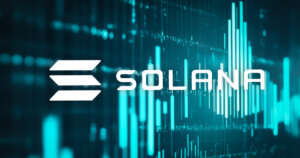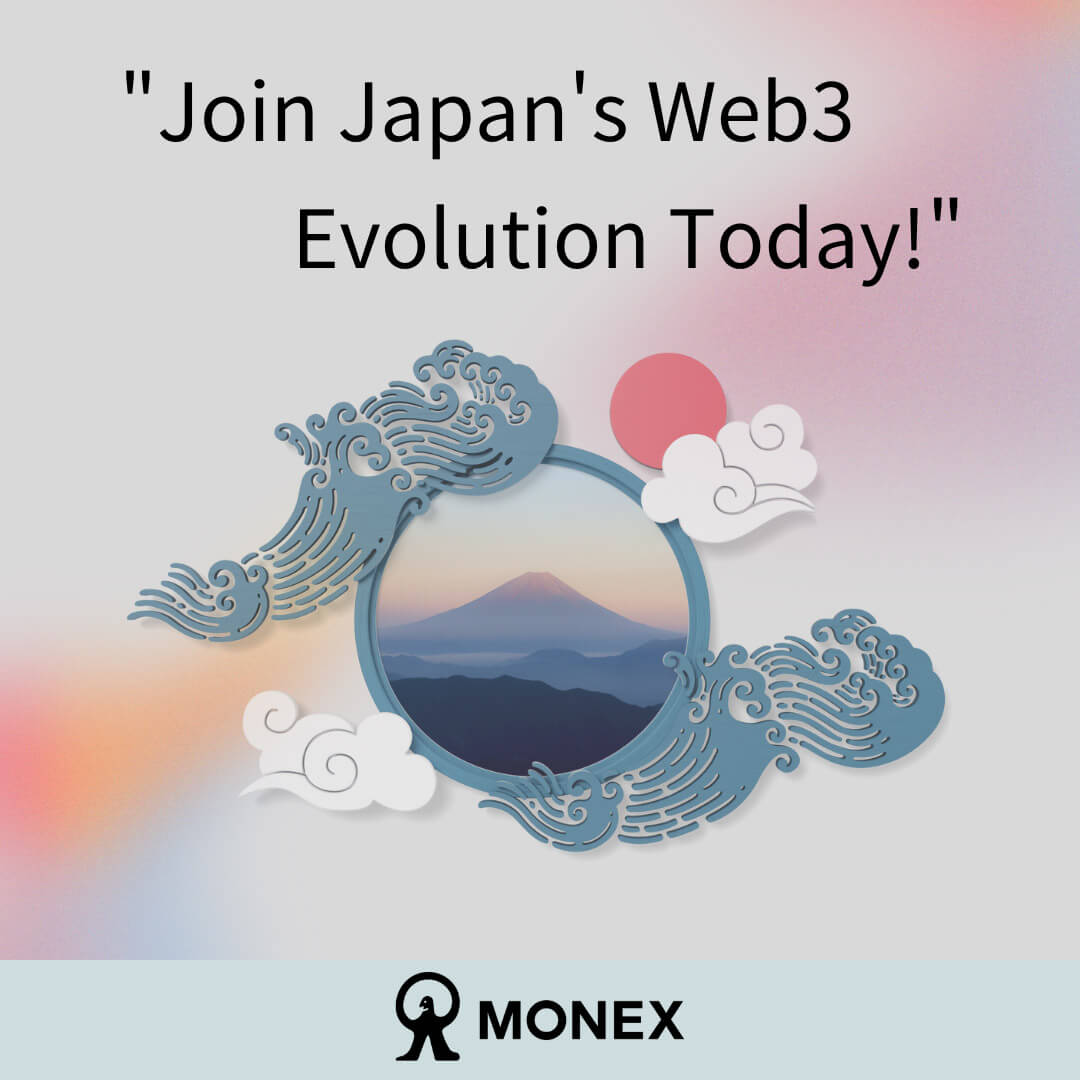 How TON turned the tide for blockchain gaming in 2024
How TON turned the tide for blockchain gaming in 2024 How TON turned the tide for blockchain gaming in 2024
Notcoin, Pocket Rocket, and other TON-powered dApps created a revolution in GameFi. But how was it accomplished?
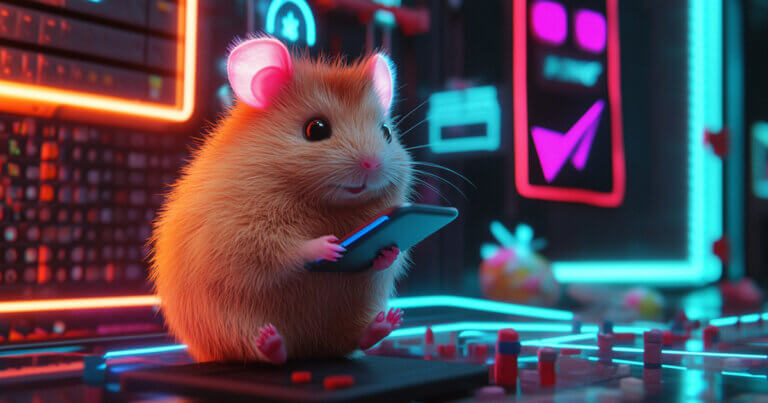
Cover art/illustration via CryptoSlate. Image includes combined content which may include AI-generated content.
For many years, blockchain gaming remained in the foregrounds of other Web3 novelties, until in 2024 its potential was finally recognised.
To explain the reasons behind success, the article carries out a retrospective journey to the roots of GameFi, unveils play-to-earn concept, highlights key milestones of a formerly niche sector.
CryptoKitties and Axie Infinity: How It All Began
While blockchain-based gaming has tapped to score mass recognition, these attempts did not seek any remarkable success until 2017 – the year when renowned CryptoKitties was launched.
Powered by Ethereum blockchain, CryptoKitties gameplay was put simply: players could purchase, breed, and trade virtual NFT-cats that had different visual features of varying levels of rarity. While its gameplay appeared to be plain, it has earned the hearts and investments just after its five-day beta launch started in November 2017.
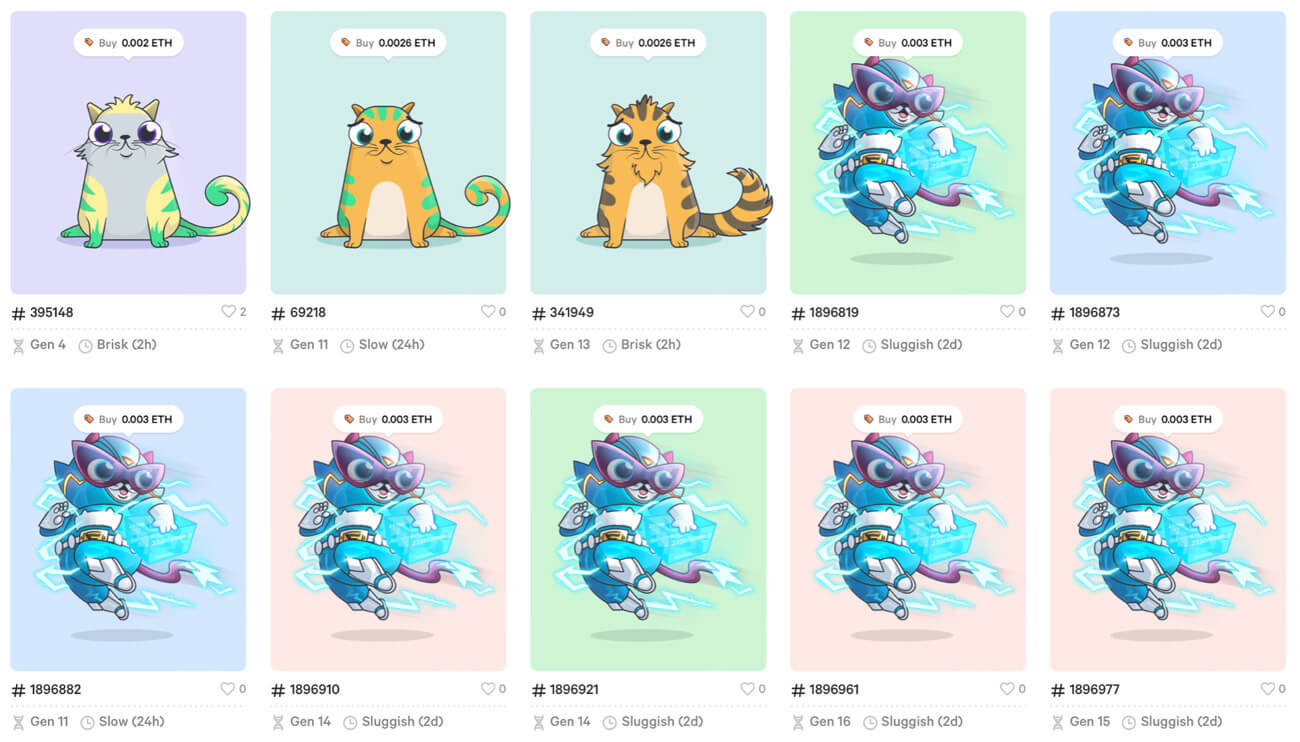
Less than a month later, CryptoKitties shook the community as its in-game cat Genesis was sold for 247 ETH, equalled for ca. $117,000 back in the day. Eventually, the next year the developer of game Dapper Labs raised $12 million from several top venture firms.
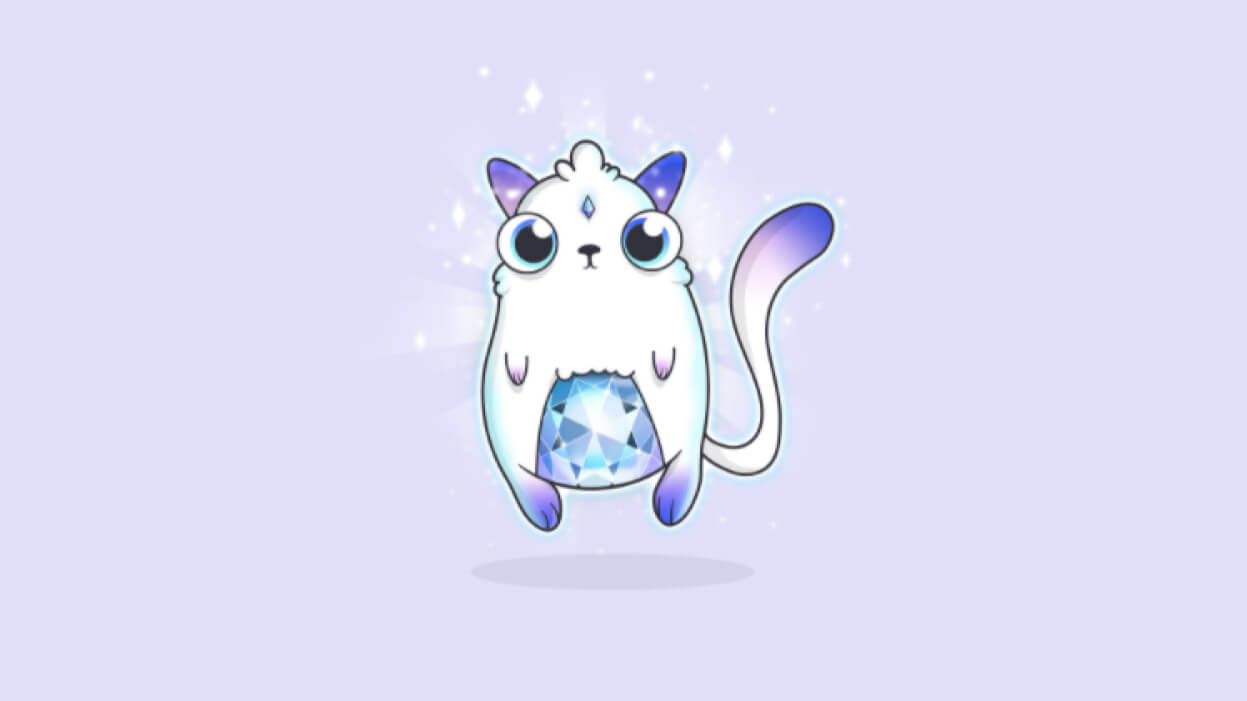
This was a literal game changer. In 2018, CryptoKitties could boast of 1 million cats being bred with a volume of 3.2 million transactions on its smart contracts. Not to mention collaborations with celebrities and the German ZKM Centre for Art and Media Kalsruhe museum.
However, the success eventually ceased. By 2022, the game had fallen to generally fewer than 100 sales a day, for a total value of less than $10,000. And while CryptoKitties’ showtime faded out as quickly as it flared up, it has contributed to a larger achievement – becoming a kickstarter for the future of GameFi.
Just around the time when CryptoKitties were gaining recognition, one of its creators Nguyen Thanh Trung was working on a new project, a game that would kickstart the phenomenon of crypto clickers – Axie Infinity.
Axie Infinity was set up as a competitive game with an “idle battle” system, inspired from Final Fantasy Tactics and Idle Heroes. But crucially, it presented an elaborate in-game economy, Ethereum-powered virtual market, where players could buy, sell, and trade the resources they earn in the game.
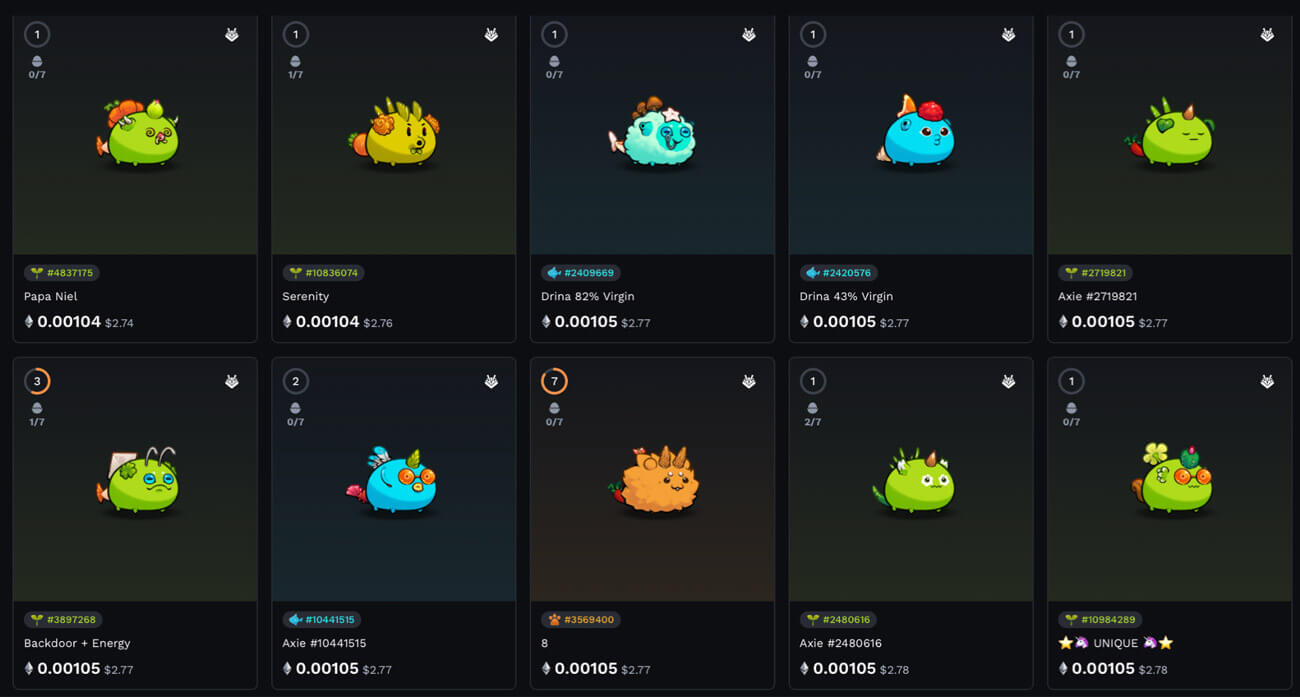
Simultaneously, The Sandbox was rallying through the community. This platform, which brought the brand name of an iconic 2021 crafting game, offered making in-game items via toolbox and then selling them for a game-specific cryptocurrency.
All these games have struggled through timespan, and some of them have ended dramatically, but, importantly, they established the play-to-earn (P2E) concept – a category of blockchain-based games with player-owned economies enabled via in-game assets represented by tokens and NFTs.
The P2E model has become so demanded amid the 2021 bull market that it caught the attention of game development behemoths – from Ubisoft and Electronic Arts (EA) to Take Two (Grand Theft Auto series distributor) and Square Enix.
However, such a tendency eventually caused a backlash, becoming one of the reasons for GameFi lying low until 2024. Apart from downgrading popularity of NFTs and bear market beginning in the late 2021, gamedev studios faced fierce criticism for blockchain games from the players, who advocated “play to have fun” and “play to contribute” games.
How TON Revived Crypto Gaming
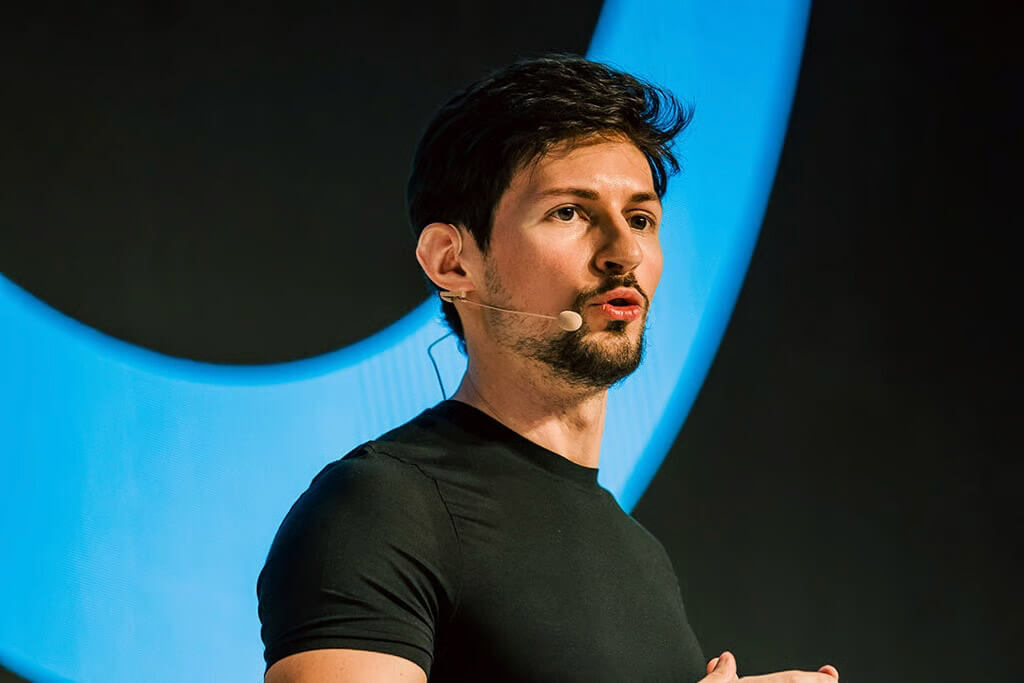
By early 2024, GameFi used to remain a niche industry. The tides shifted The Open Network (TON) coming into picture. Its main feature – facilitated dApps development with its interface transfer directly into Telegram – has revealed a wide potential not only for the applications, but also for play-to-earn games.
The hallmark of TON’s contribution to GameFi turned out to be Notcoin. Developed by Open Builders, a team specializing in creating viral social games, Notcoin made its debut in November 2023 as a closed beta available exclusively on Telegram.
The idea of Notcoin was not new or standout: it operated on a straightforward concept, allowing users to earn coins by simply tapping on the yellow coin in smartphone screens and receiving a reward. The gameplay was also spiced up with various boost mechanics, including bonuses, backgrounds, and coin skins.

Notcoin turned out to become a complete success. Throughout the mining (or ‘tapping’) phase, users collectively generated over 8 trillion taps, which converted into more than 17 trillion Notcoins within the game.
Following the mining phase, players were rewarded with an airdrop of NOT, an actual TON-built token. And this also came as a total success. Being greatly catalyzed by the March-started bullish market, NOT has increased over 500% since the airdrop.
Whitechain Taking a Leap in GameFi With Pocket Rocket
Ultimately, the Open Network and especially Notcoin have given second breath to GameFi. The dApps in the chain started sprouting up like mushrooms – from Near’s HOT, Catizen, and MomoAI to the notorious yet hyped HamsterKombat.
What made clicker gameplay way more gripping is Pocket Rocket – Whitechain-powered clicker game in The Open Network blockchain. Within the game, players compete for crystal rocks – a currency of Web3 space. These can be obtained through the completion of various tasks, including tapping the screen, hunting asteroids, upgrading spaceships, and testing superpowers.
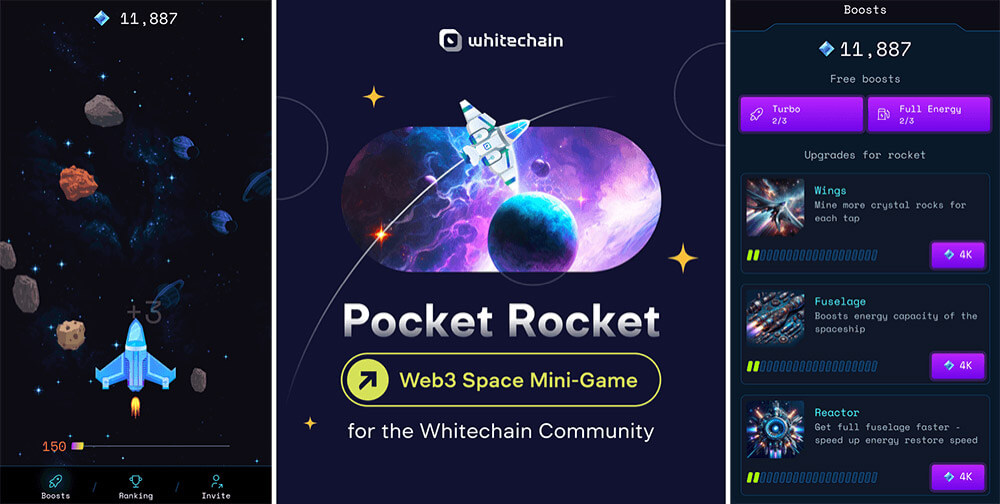
The players of Pocket Rocket also competed for special quest boxes by Whitechain. For completing certain on-chain tasks and playing games, users were offered to win a reward from 500 to 5,555 USDT, as well as six unique NFTs.
Pocket Rocket serves as an ultimate nutshell of The Open Network’s and its dApps pros, merging community, gameplay, and opportunity to earn all at once.
Why TON-Games Are Caught On
While TON-powered games can boast of facilitated development and attractive gameplay features, these are not the core reasons for their popularity.
Notcoin, Pocket Rocket, and other dApps offer a sense of participation in community as players form squads and collaborative groups in the application, which is designed specifically for such purposes – Telegram.
But crucially, all the aforementioned projects play a key role in driving development and adoption of decentralized applications. While Notcoin offers an elaborate mechanism for establishing a self-sustaining economy within the app, Pocket Rocket proves it to be efficient in integration with other blockchains and protocols. This marks the flexibility TON proposes – a crucial feature for dApps development.






